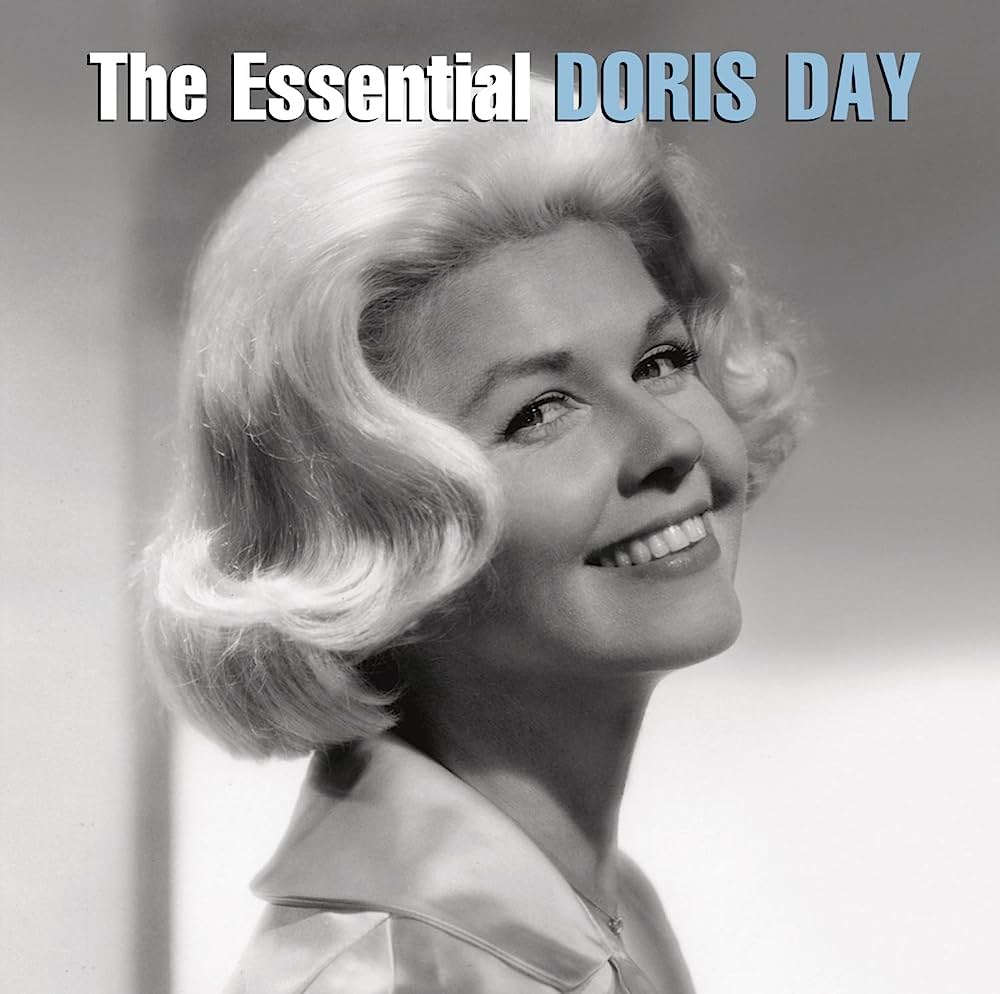Somedays, you have to say, “Que Sera Sera.”
On this episode of Divabetic’s podcast, we pay tribute to Doris Day. Her music, films, glamour, and perkiness are sources of happiness for many people.
Doris Day was the queen of early ’60s comedies, coyly flirtatious films filled with sexual innuendo and double entendres. The most famous of these, Pillow Talk (1959), the first of three that co-starred Rock Hudson, established her persona as an independent and successful career woman, as comfortable in the board room as she was in jazz clubs. Like her other roles, her character didn’t see herself as incomplete without a husband—an idea still quite revolutionary at the time. She got on with her life. Her characters often had chic apartments, exciting jobs, and smashing wardrobes. In most of her films, Doris showcased a spunky, can-do personality and jaunty independence.
Doris Day experienced many professional and personal ups and downs in real life, but nothing seemed to dim her dazzle. She said, “No matter what happens if I get pushed down, I’m going to come right back up.”
Often Doris Day credited her pets for their support during hard times. She was a lifelong animal lover and advocate who used her celebrity status to make a difference for animals.
Pets can help their owners overcome depression through their companionship and unconditional love. They possess the natural ability to help you relax and enjoy life more. Pets can also help when you experience times of loneliness. They can also help lower blood pressure; if trained, they can alert their owners to dangerously low blood sugar levels.
Pets can also help you improve your lifestyle. Eric O’Grey’s weight had ballooned to 320 pounds, and he was spending more than $1,000 a month on medications for high blood pressure, type 2 diabetes, and high cholesterol when his naturopathic doctor suggested he adopt a shelter dog.
Eric took that advice, heading to the Humane Society, and adopted an obese middle-aged dog named Peety.

Together, Eric and Peety started walking for at least a half-hour a day. Eric also adopted a plant-based diet. Ultimately Eric lost 140 pounds, and Peety lost 25 pounds.
Hear Eric’s interview on this episode of Divabetic’s popular podcast.
Another book, Elle & Coach: Diabetes, the Fight for My Daughter’s Life, and the Dog Who Changed Everything, describes how a trained diabetes alert dog can help alert its owner to low blood sugar levels. It’s the true story of a Type-A mom struggling to care for a daughter with Type 1 diabetes and of an incredible service dog who changes their lives for the better.
Listen to our interview with Elle & Coach author Mark Dagostino about his book on this podcast:
Our Doris Day Tribute Podcast guests include Patricia Addie-Gentle RN, CDCES, Dr. Beverly S. Adler PhD, CDCES, Neva White DNP, CRNP, CDCES, Poet Lorraine Brooks, Mama Rose Marie, Best-Selling Author and Romance Psychology Expert Rachel Van Dyken and Marguerite van Reenen from South Africa.
We feature music from the Essential Doris Day Collection during this podcast.



